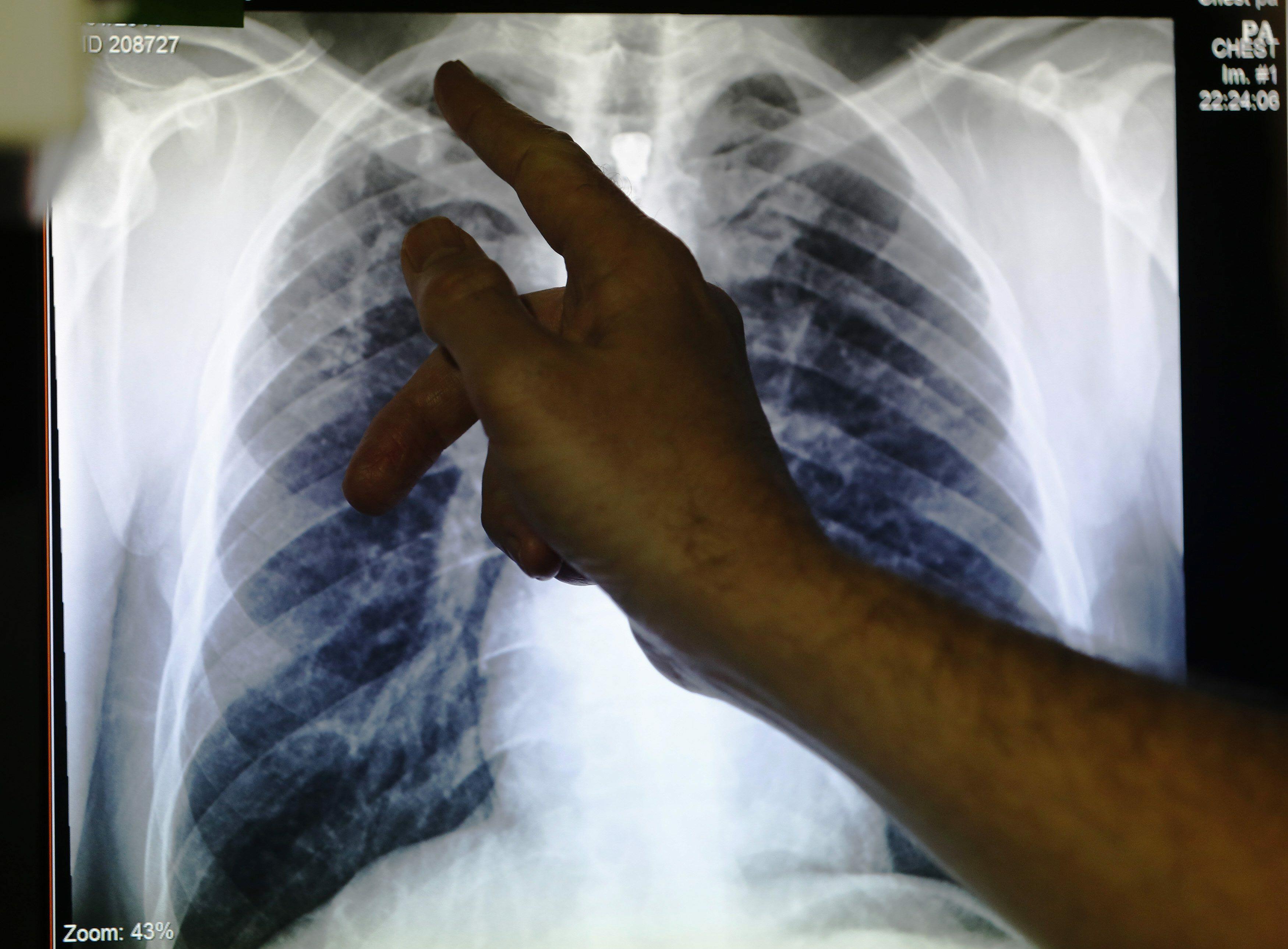
If the global media were your only source of information, you could be forgiven for thinking that the world’s biggest health concern right now is the Zika virus, or that last year it was Ebola – or SARS and the Avian Flu before that.
Panic about these contagions has spread far more rapidly than the diseases.
In reality, the global death toll from all of them, combined, is tiny compared to that from major infectious diseases that we hear much less about: diarrhea, tuberculosis, AIDS, malaria, tetanus, or measles. The death toll from non-communicable diseases like strokes and heart attacks is higher still.
Global decision-makers such as governments and donors are faced with competing priorities, but often they do not explicitly or transparently choose among them.
Because the media’s attention is on Zika, Ebola, or SARS, more spending goes to them.
My think tank, the Copenhagen Consensus Center, publishes research and findings on the costs and benefits of such choices, in order to provide policymakers – and the public – with evidence to maximise the effectiveness of their decision.
This approach is driven by the belief that every dollar should achieve the most good that it can.
When it comes to public health, the countries where the world’s poorest billion people live spend, on average, a measly $15 annually per person.
Each year, premature death – fatalities before the age of 70 – will claim around nine million lives in low-income countries like Cambodia, Ethiopia, and Haiti. Another 19 million people will die early in lower middle-income countries like India, Nigeria, and Guatemala. In total, these poorest countries account for about half of the world’s population.
By 2030, increasing prosperity will reduce the total number of annual premature deaths from 28 million to 24 million, despite the addition of nearly a billion people.
But we could do better if we could improve health-care delivery.
In a paper for the Copenhagen Consensus Center, Canadian researchers found that it is possible to reduce child mortality by two-thirds from the 2010 level and cut the number of deaths of those aged 5-69 by one-third. Cumulatively, seven million lives would be saved annually in the poor half of the world by 2030.
To achieve this, health spending needs to rise from 2 per cent to 5 per cent of GDP.
Of course, reducing mortality requires far more than just allocating money. Resources must be channeled into training for staff, more clinics, and medicines, and be employed as effectively as possible in each area.
But there have to be resources to channel. In April 2001, African leaders – representing many of the poorest countries on earth – signed the Abuja Declaration pledging to allocate at least 15 per cent of their annual budgets to improve health. As of 2011, only Tanzania had achieved this goal, while 11 countries actually reduced their relative contributions, and the remaining nine signatories kept spending stagnant.
On current trends, it is expected that spending on public health in low-income countries will rise to $23 per person by 2030, because countries will be richer. Increasing this by another $34 would avoid an extra two million deaths each year. For lower middle-income countries, the average public health expenditure will be $85; increasing this by another $128 would save almost five million additional lives by 2030.
How does this investment stack up? Total extra costs would run to almost $500 billion annually by 2030. But, for every dollar spent, we would gain $4 of human benefits. For the poorest one billion, each dollar spent improving health care across the board would do $13 worth of good, because there are many relatively easy things to improve.
But policymakers have other choices. For example, if they chose to address high-profile diseases like tuberculosis or malaria, each dollar they spent would achieve $43 or $36 worth of benefits, respectively. That would be more effective, because the returns are targeted. By contrast, when we try to improve an entire health system, we save fewer life years, because our resources also are devoted to harder-to-cure diseases with higher costs.
The Copenhagen Consensus research shows us that trying to improve health systems uniformly, across the board, shouldn’t be our absolutely top priority. But strengthening developing countries’ capacity to identify and manage known national and global health risks – the true global killers, like tuberculosis and HIV/AIDS – is an excellent investment.
Improving health systems’ responsiveness to these big killers would likely lead to advances that could help in other areas. When Ebola erupted in West Africa last year, the countries suffering most had very poor general health provision. With a better local health service, the disease could have been stopped faster –and possibly never would have taken hold in the first place.
Above all, we should ensure that health policy decisions are based on sound evidence, so that we truly do the most with every dollar spent. In practice, this would not mean ignoring the latest virus in the news; but it would almost certainly mean recognizing that most of our resources should go elsewhere. - Project Syndicate